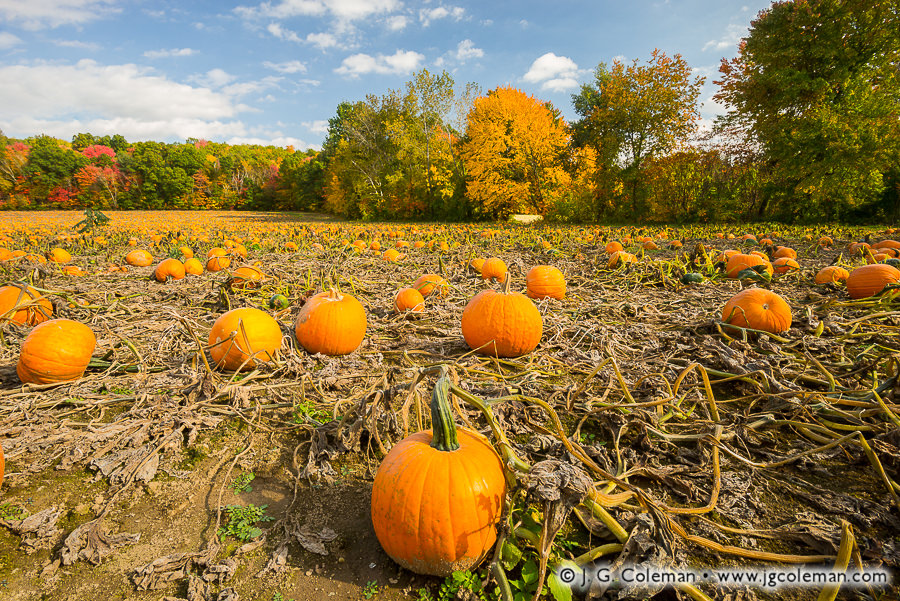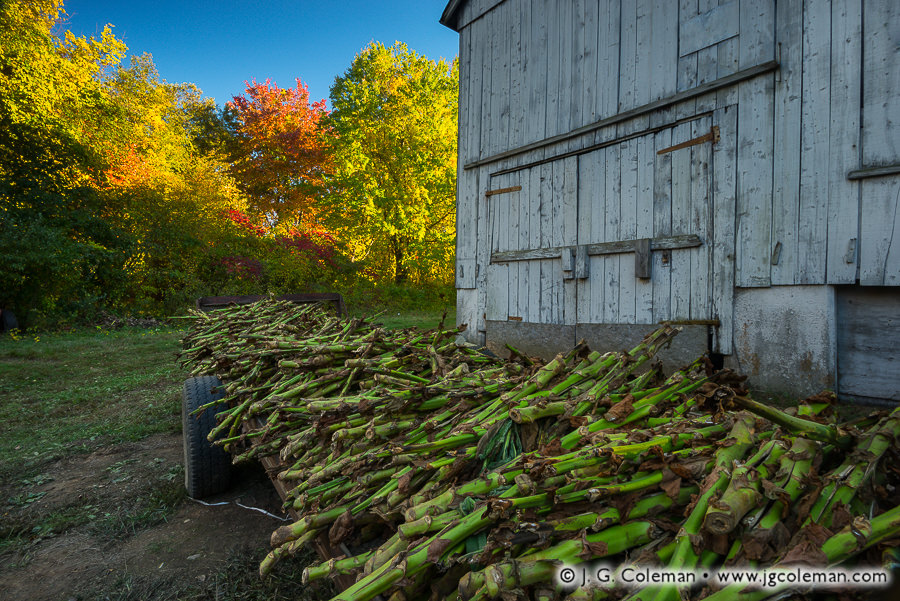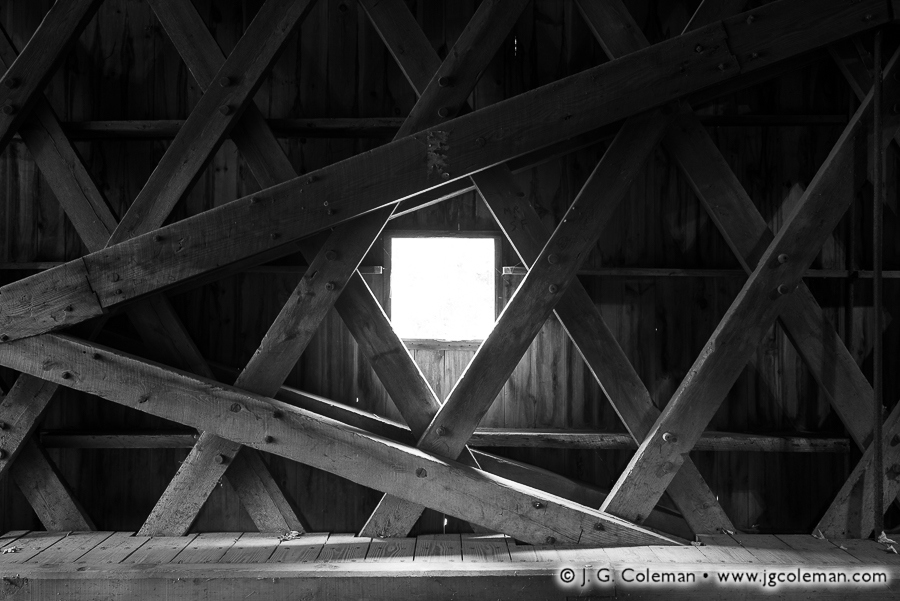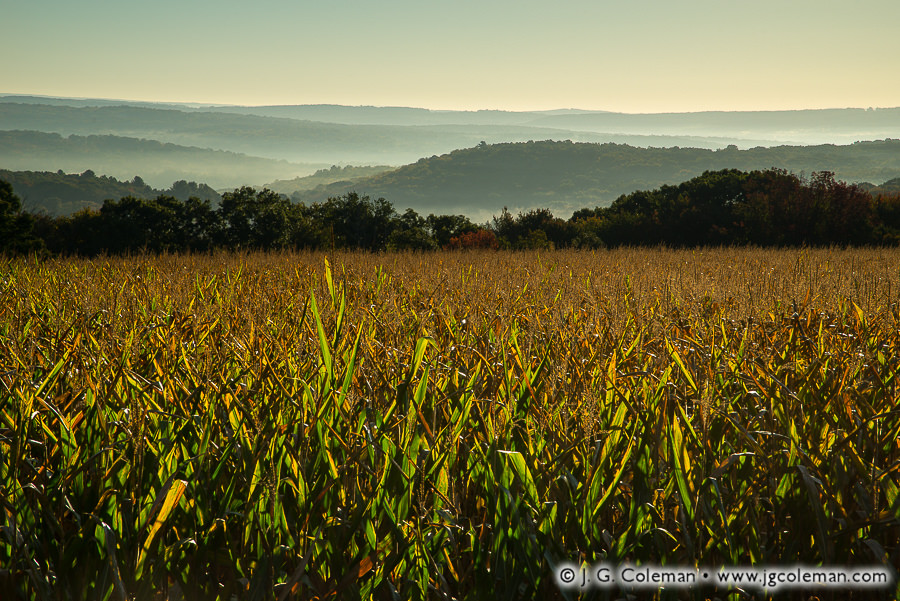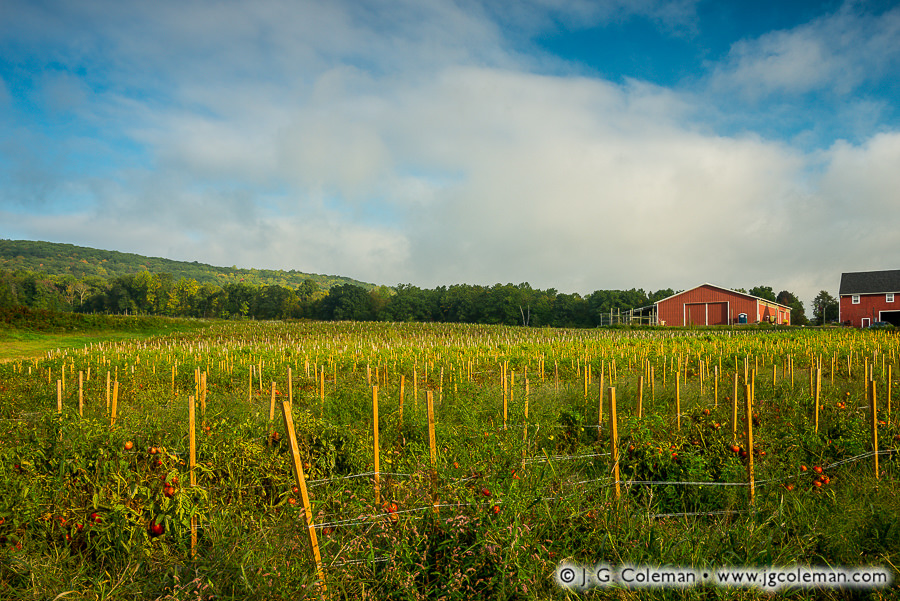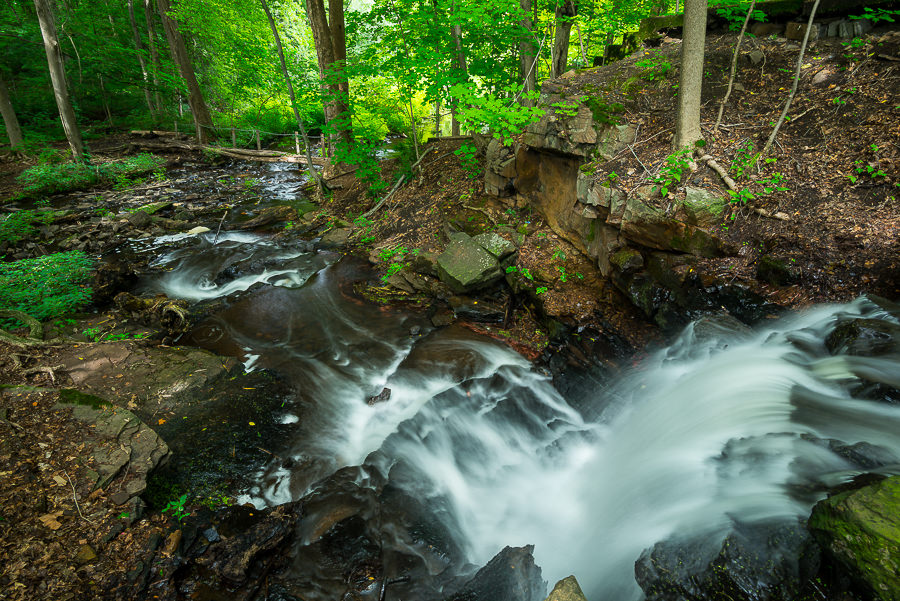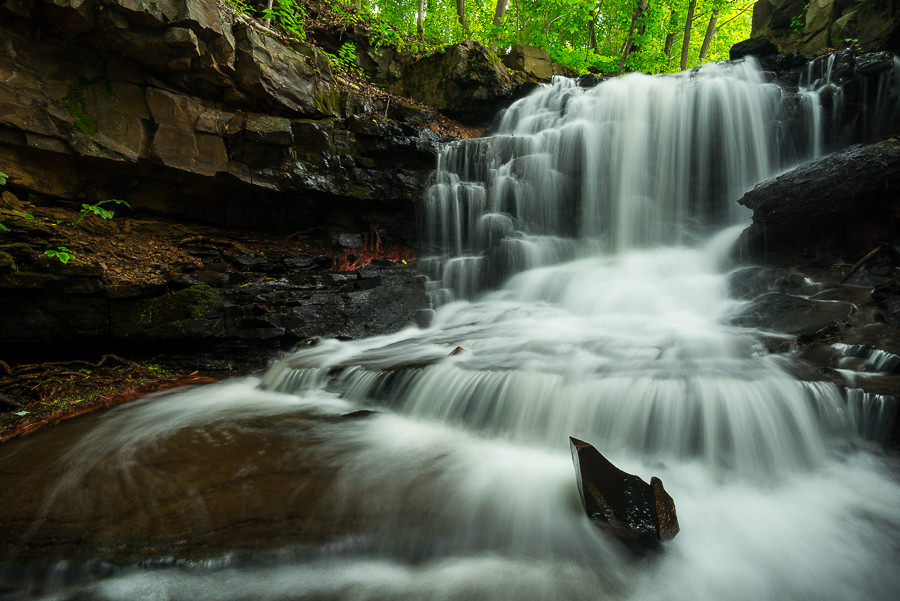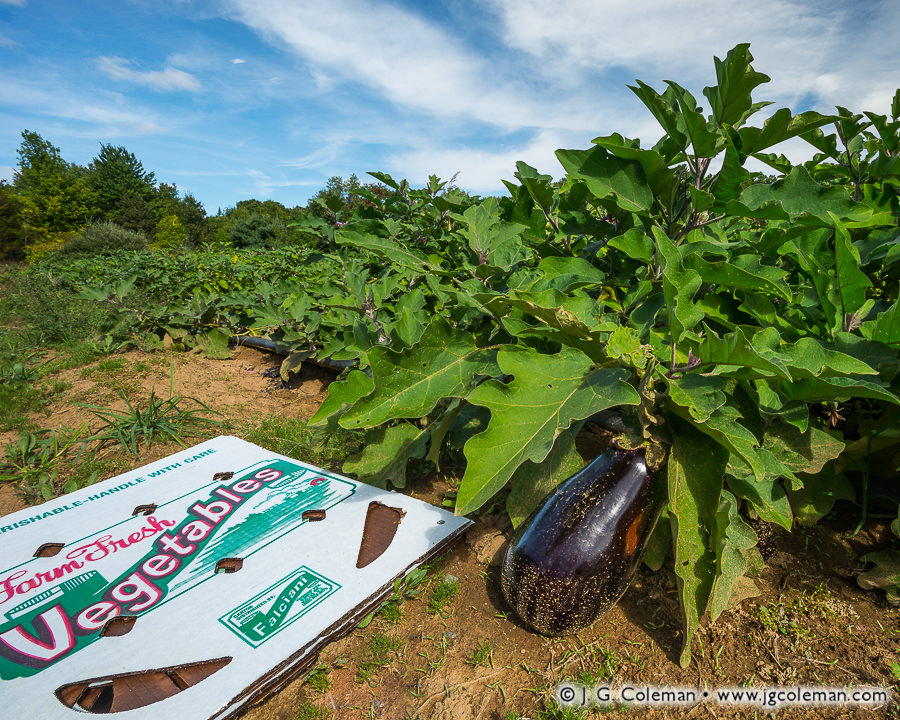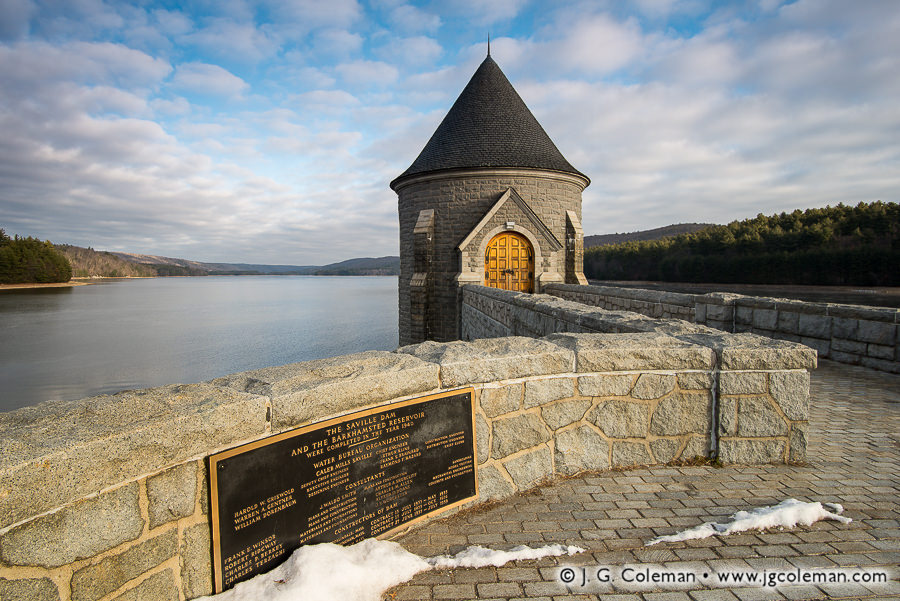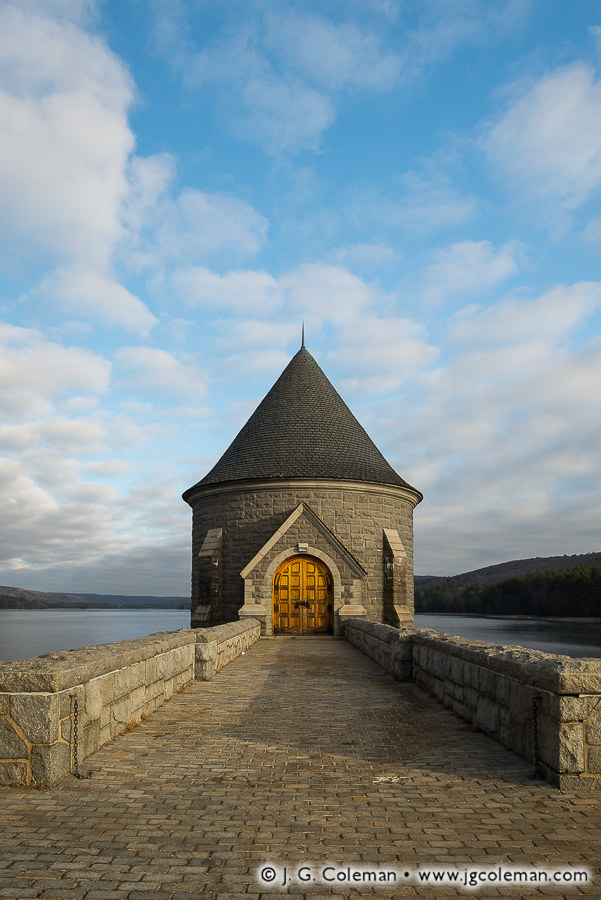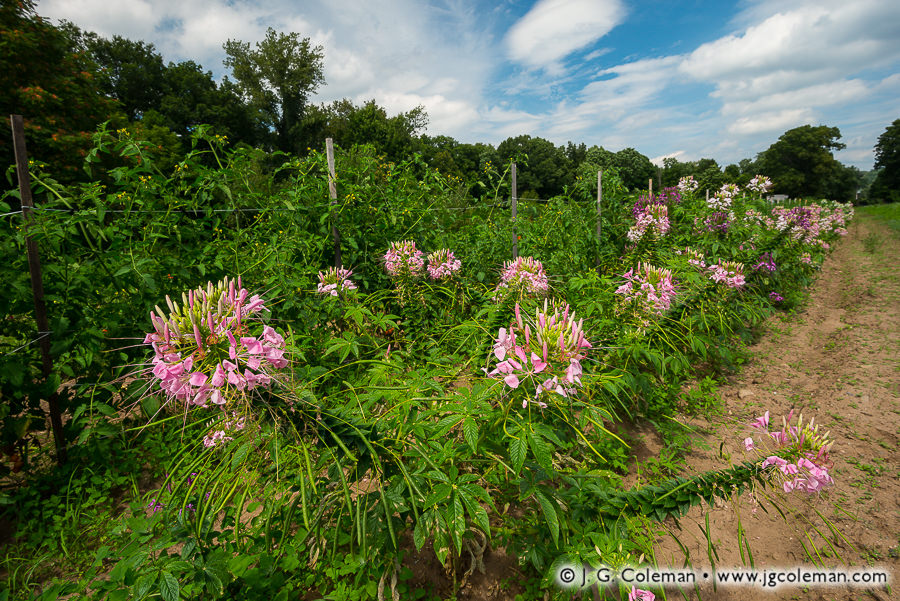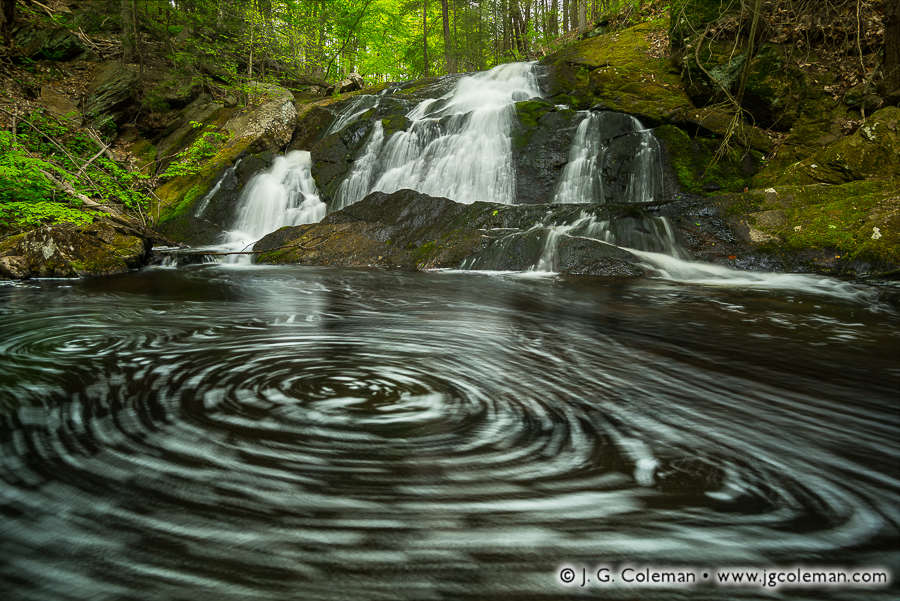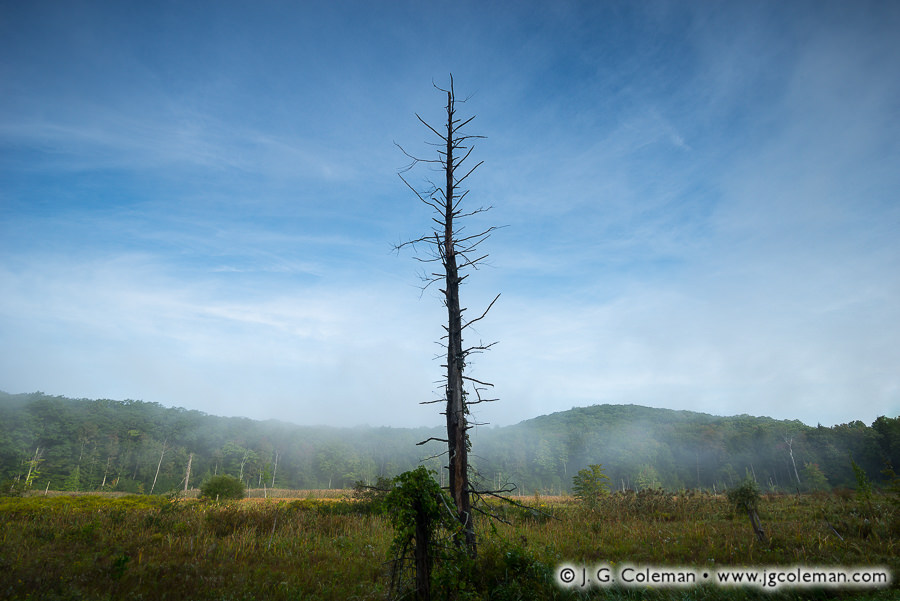
Great Mountain Forest, Norfolk, Connecticut
© 2016 J. G. Coleman
A solitary tree trunk whorled with spindly branches stands tall amidst open meadows like some somber monument. Surrounding woodlands veiled in drifting mist offer an airy, pastel backdrop for the stark, ghostly silhouette.
Bristling with some 6,000 acres of woodlands in Norfolk and Canaan, Great Mountain Forest is a unique expanse of wildlands within Connecticut’s Northwest Hills. It’s not a state-owned park, as might be expected with such a large forest, nor is it a “preserve” in the sense of a natural place that is generally left entirely to the devices of nature.
Instead, Great Mountain Forest is a “multi-use” forest where a range of seemingly contradictory uses are expertly coalesced under private, non-profit management. Safeguarding of wilds and wildlife, education and recreation go hand in hand with sustainable management that promotes sensible harvest and conservation-minded administration.
Purchase a Fine Art Print or Inquire About Licensing
Click here to visit my landing page for “Contemplating Massacoe” to buy a beautiful fine art print or inquire about licensing this image.
Want to See More?
Be sure to check out all of my work from Norfolk, Connecticut.



